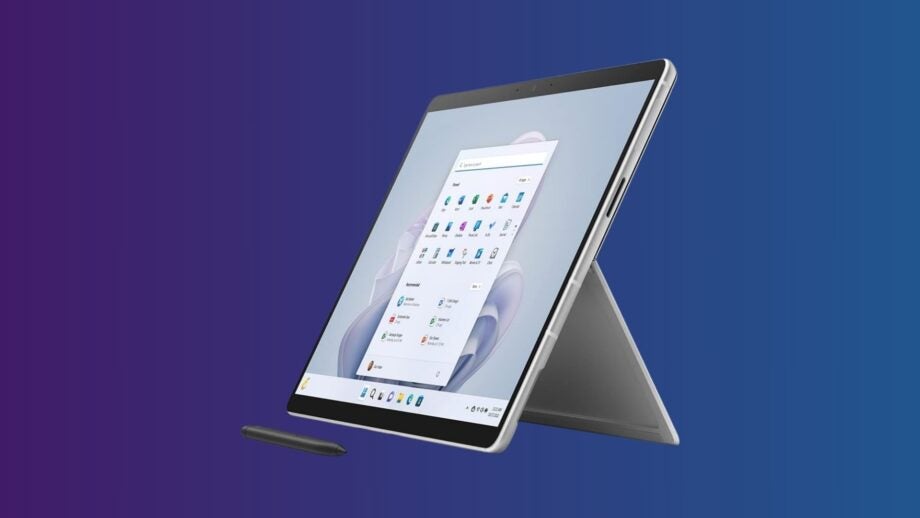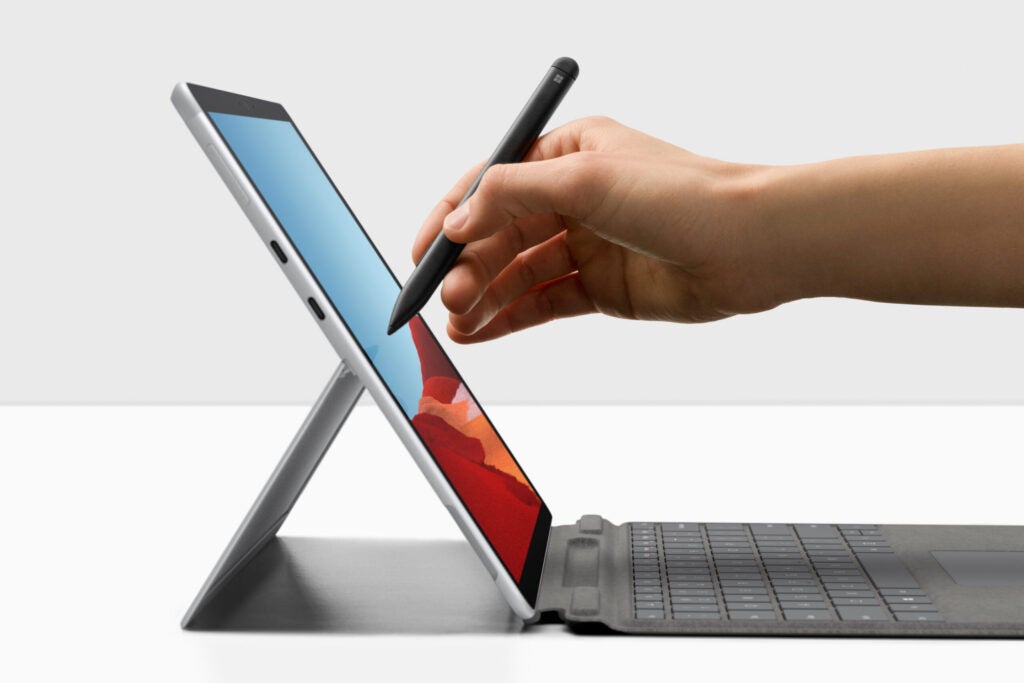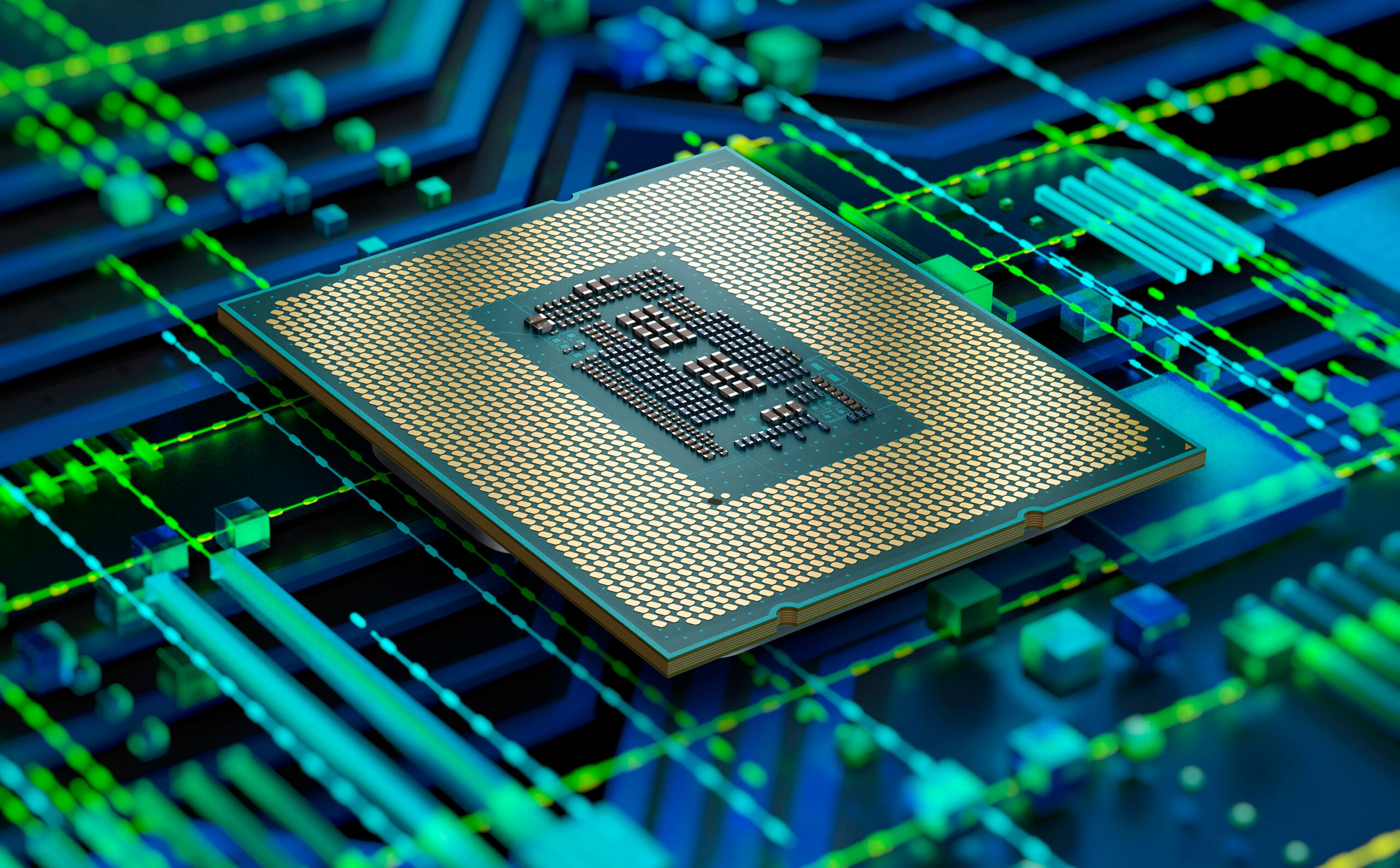What is Windows on Arm?

Windows devices are changing and a lot of that comes down to a company, and its accompanying technology, called Arm. It’s the technology behind Apple Silicon too. But, just what does Windows on Arm mean? Here are the basics.
Windows on Arm isn’t a new initiative but it is set to explode over the next year or two. The catalyst is set to launch Qualcomm’s new Snapdragon X Elite chip, but it looks like Nvidia, AMD and more chip manufacturers could head in this direction over the coming years.
Arm is the basis of the processors that will sit inside some upcoming devices but it needs an operating system on the software side for the user to interact with. That’s where Windows on Arm comes in.
What is Windows on Arm?
Windows on Arm is a broad term used for a version of Windows developed to run on Arm-based computer chips. But, it is also used more generally for the development of this software and accompanying apps to become more compatible with Arm-based chips and enhance overall performance.

Apple TV+
The Home of Apple Originals. Enjoy star-studded, award-winning series, films, and more. Grab your 7 day free trial now.
- Apple
- 7-day free trial
- £8.99 p/m
The difference between Windows on Arm and what you might know as the more traditional version of Windows is that the latter runs on a chip platform called x86, with brands like Intel and AMD producing primarily x86 chips for Windows devices currently.
The Apple Silicon chips for Mac were an example of Arm-based chips coming to PCs and brought about improved efficiency without compromising too much on performance. The aim of Windows on Arm is the same, bringing features like improved battery life and enhanced connectivity to Windows.
Windows on Arm has had mixed success, with the Microsoft Surface range of laptops typically being a testing ground for the technology. The Surface RT device was one of the first early instances of the technology, launching way back in 2012 with an accompanying Arm version of Windows called Windows RT. This was then followed by the Microsoft Surface Pro X in 2019 which was also powered by an Arm chip. Microsoft integrated the Surface Pro X concept more closely with its flagship range soon after, with the Arm-powered Surface Pro 9 5G coming to market too.

A key stumbling block for Windows on Arm has long been compatibility, with x86 being the default PC platform for most for many years. Windows on Arm has tried to solve the issue with compatibility layers that help translate apps from x86 to Arm but this would often lead to reduced performance or you’d find that some x86 apps would not be available on your Arm-based device.
With its Apple Silicon launch, Apple featured a solution to this issue as a focal point of its presentation, using a compatibility layer called Rosetta 2. Since the introduction of Arm-powered Apple M-series chips, the MacBook range has received widespread praise for impressive battery life, a lack of need for fans or low fan noise for higher powered models as well as thin-and-light designs.
Over the last several years, Microsoft has often touted improvements to Windows for Arm devices (via Windows Central). However, with Windows on Arm devices yet to truly take off in popularity, a lack of widespread app support for the machines remains. But, this looks set to change as an inevitable march towards Windows on Arm devices becoming a more popular approach. Not only is Qualcomm investing heavily in Windows on Arm with the launch of its new Snapdragon X Elite chip this year but chip manufacturer giants like Nvidia and AMD are also tipped to enter the market.







